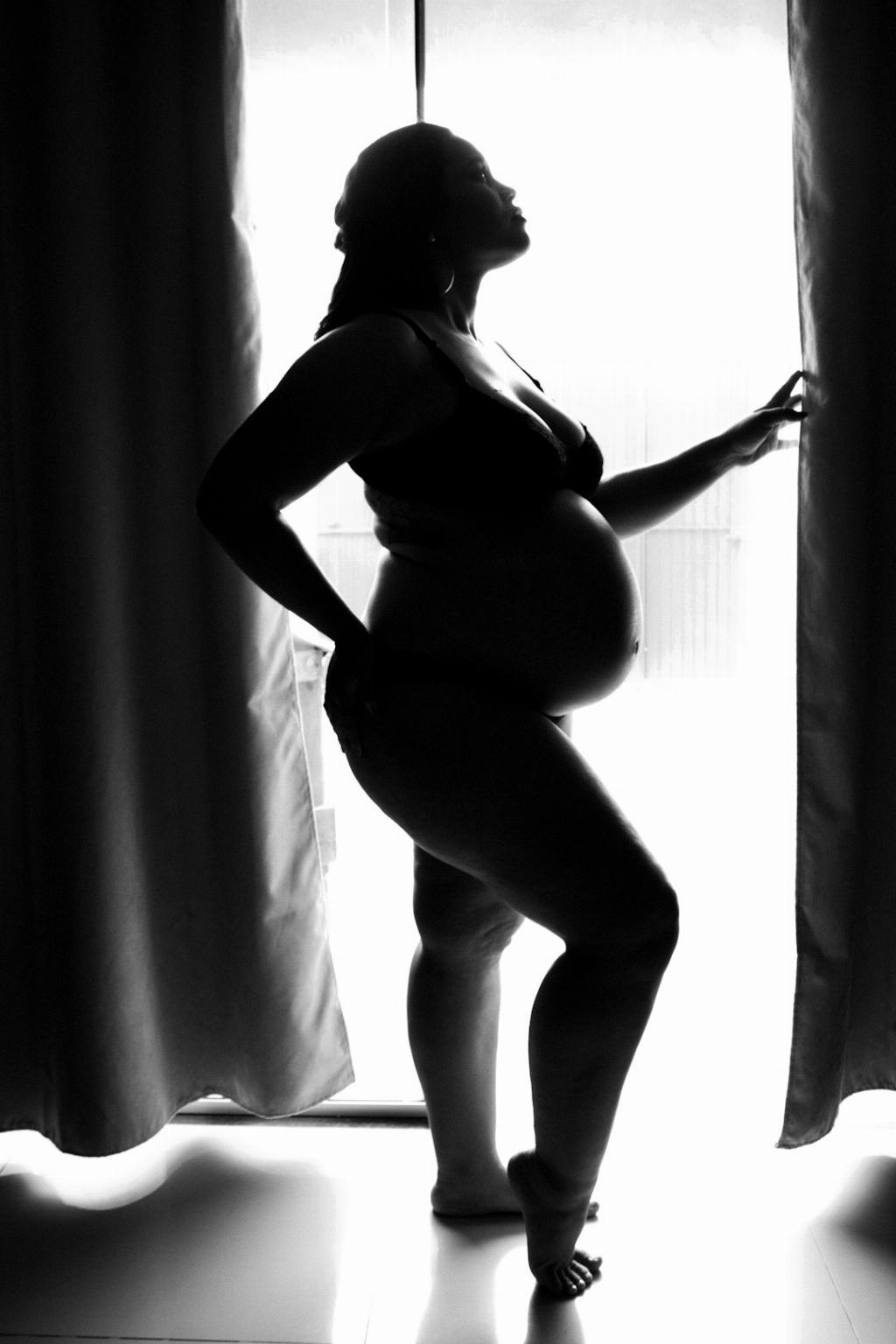When you get pregnant, it’s natural to experience various sensations in your body, including cramping. One of the common areas where you may feel cramps is in your lower abdomen. This can occur as early as during the implantation process when the fertilized egg attaches itself to the lining of the uterus. The cramping sensation in the lower abdomen can range from mild twinges to sharper pains that may catch you off guard.
Additionally, some women may also experience cramping in their lower back when they get pregnant. This type of cramping can be caused by the changes happening in the pelvic area as the uterus expands to accommodate the growing fetus. The muscles and ligaments supporting the uterus may also be under strain, leading to cramps and discomfort in the lower back.
It’s important to note that cramping during pregnancy is usually a normal part of the process as your body adjusts to the changes taking place. However, if you experience severe or persistent cramping, it’s essential to consult with your healthcare provider to rule out any potential complications.
Some women may also report experiencing cramps in their pelvic area when they are pregnant. This can be attributed to the stretching and shifting of the ligaments and muscles to make room for the growing baby. These cramps may feel similar to menstrual cramps but may be more intense due to the increased blood flow and hormone levels during pregnancy.
As the pregnancy progresses, you may notice that the location and intensity of the cramps change. While some women may continue to feel cramping in the lower abdomen and back, others may experience cramps in the sides of the abdomen as the uterus expands further. These cramps are usually a sign of the uterus stretching and growing to accommodate the developing fetus.
In some cases, cramping during pregnancy can be accompanied by other symptoms such as spotting or bleeding. It’s crucial to pay attention to these signs and seek medical advice promptly to ensure the health and well-being of both you and your baby. Your healthcare provider can assess the cause of the cramping and recommend appropriate steps to manage any discomfort.
While cramping during pregnancy is typically considered normal, there are instances where it may indicate a more serious issue. Ectopic pregnancy, miscarriage, or preterm labor are some conditions that can cause cramping accompanied by pain, bleeding, or other worrisome symptoms. If you have concerns about the cramping you’re experiencing, don’t hesitate to reach out to your healthcare provider for guidance and reassurance.
Staying hydrated, getting enough rest, and practicing gentle exercises can help alleviate cramping during pregnancy. Maintaining a healthy lifestyle, including a balanced diet rich in nutrients, can also support your body as it goes through the incredible journey of carrying a baby. Remember to listen to your body, communicate any concerns with your healthcare provider, and take the necessary steps to ensure a safe and comfortable pregnancy experience.

